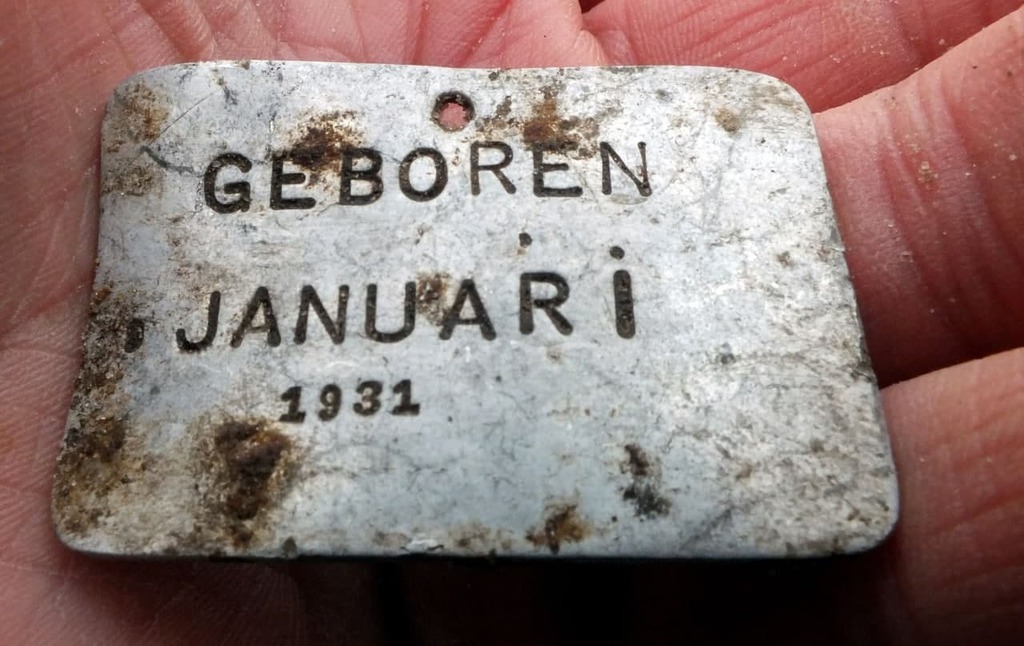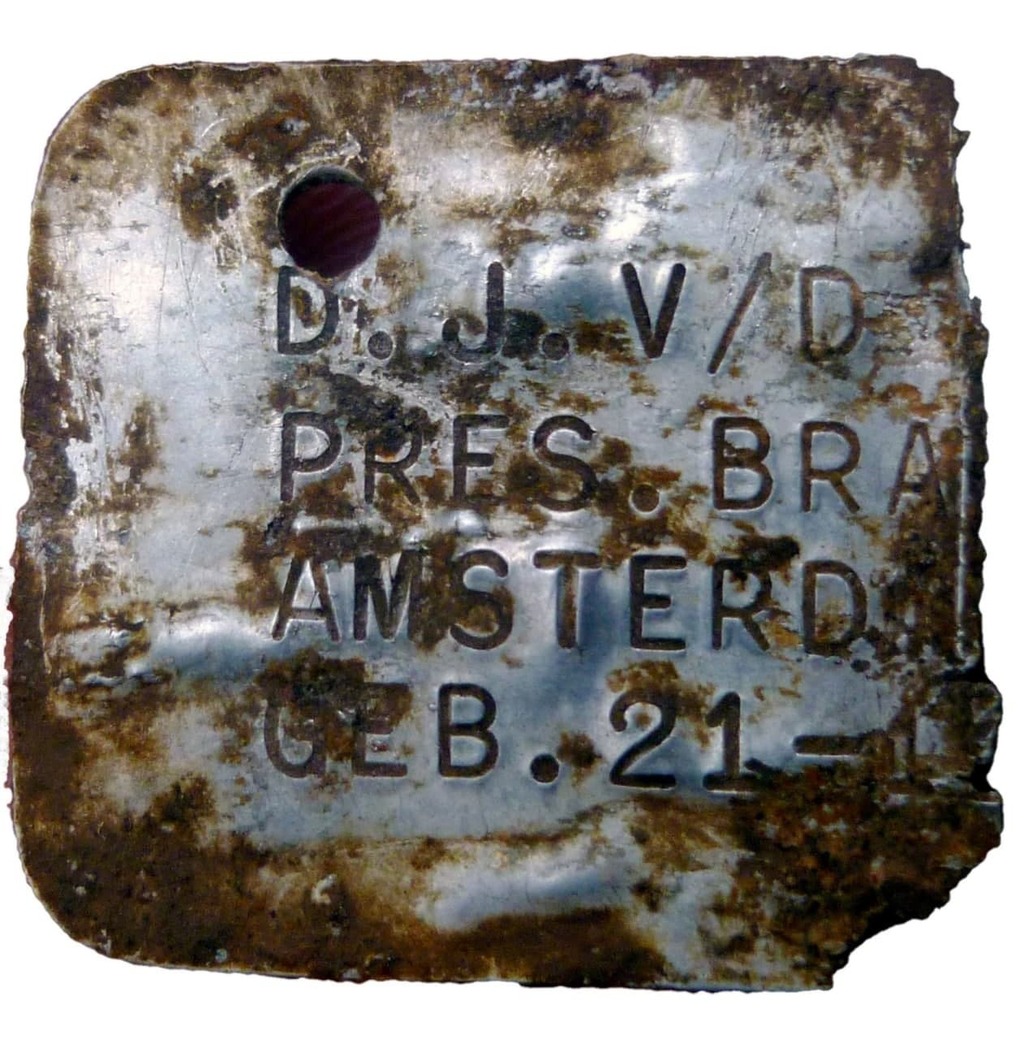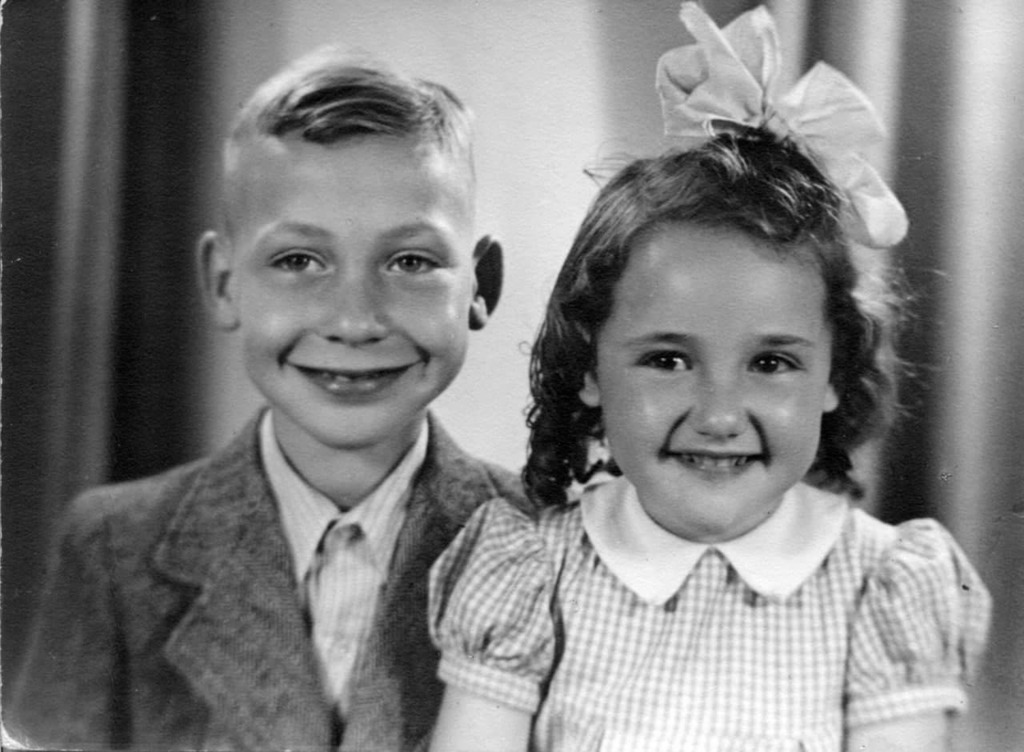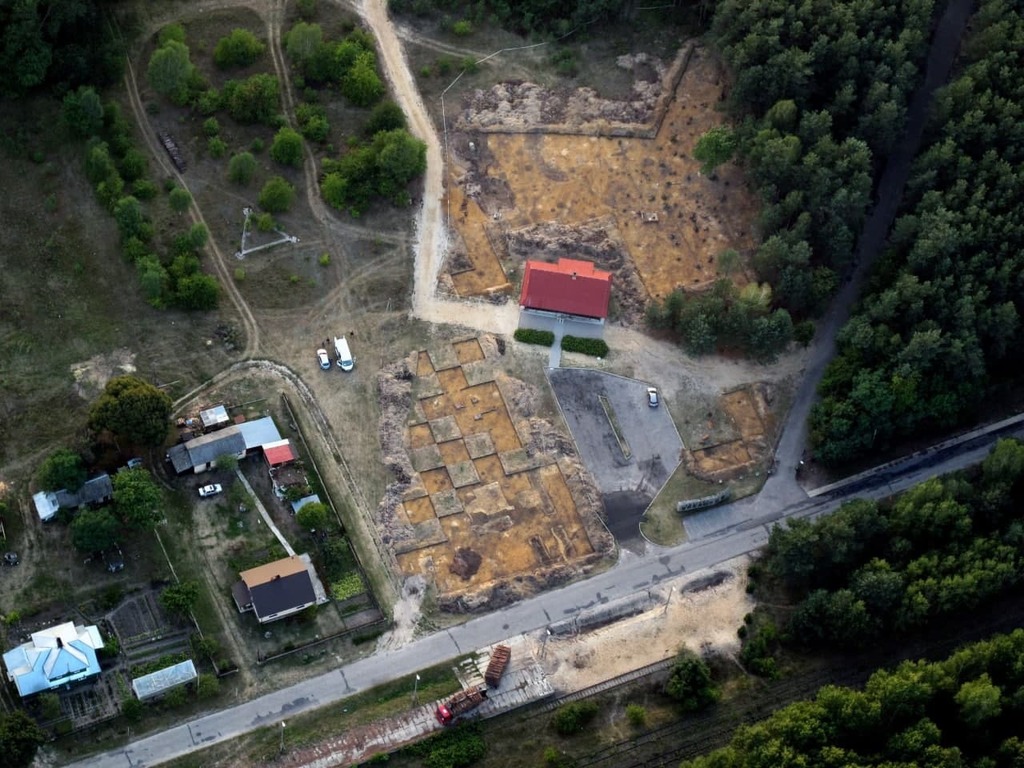Archaeologists unearthed identity tags belonging to four children who died in the Holocaust during excavations at the Sobibor Nazi extermination camp in Poland.
The tags, which the children – aged 5 to 11 – wore as necklaces on their necks, bear their names, dates of birth and hometown in the Netherlands.
8 View gallery
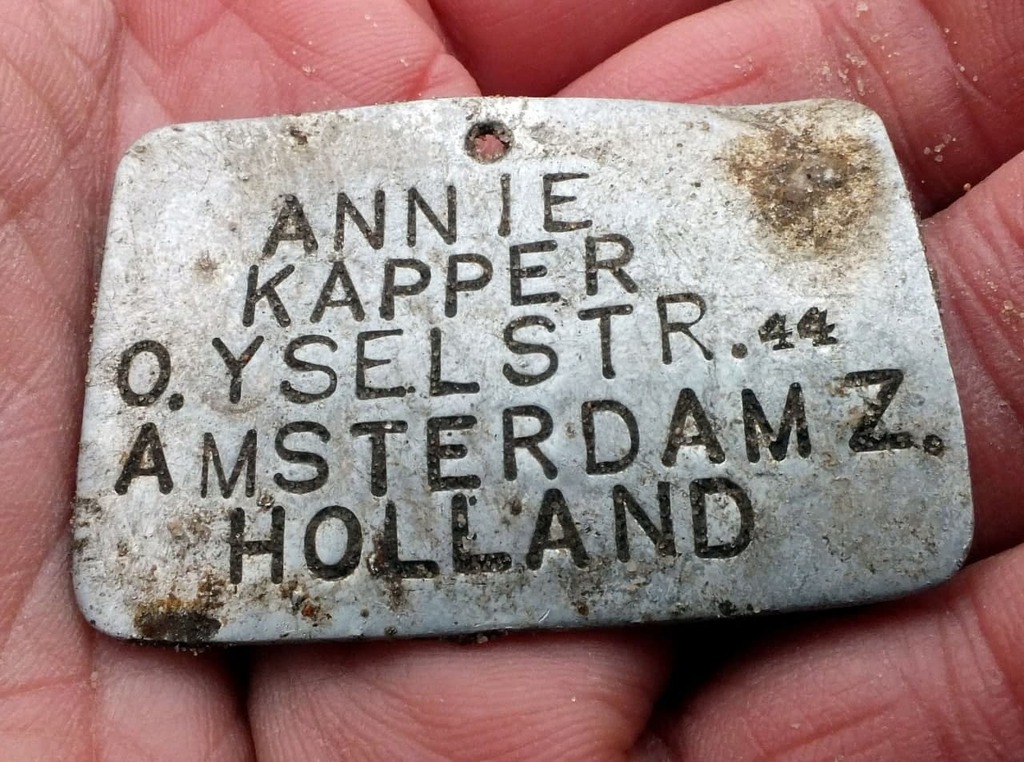

A name tag of a child found during excavations at Sobibor death camp in Poland
(Photo: Yoram Haimi)
The children whose tags were discovered were Lea Judith De La Penha, Deddie Zak, Annie Kapper and David Juda Van der Velde.
Israel Antiquities Authority archaeologist Yoram Haimi said that as far as he and his Polish and Dutch colleagues know, such identity tags with children’s names have only been found at Sobibor and seem to be a private initiative by the parents and not a part of an organized effort as the tags differed from one another.
“Since the tags are very different from each other, it is evident that this was probably not some organized effort. The children’s identity tags were prepared by their parents, who were probably desperate to ensure that the children’s relatives could be located in the chaos of the Second World War,” said Haimi.
8 View gallery
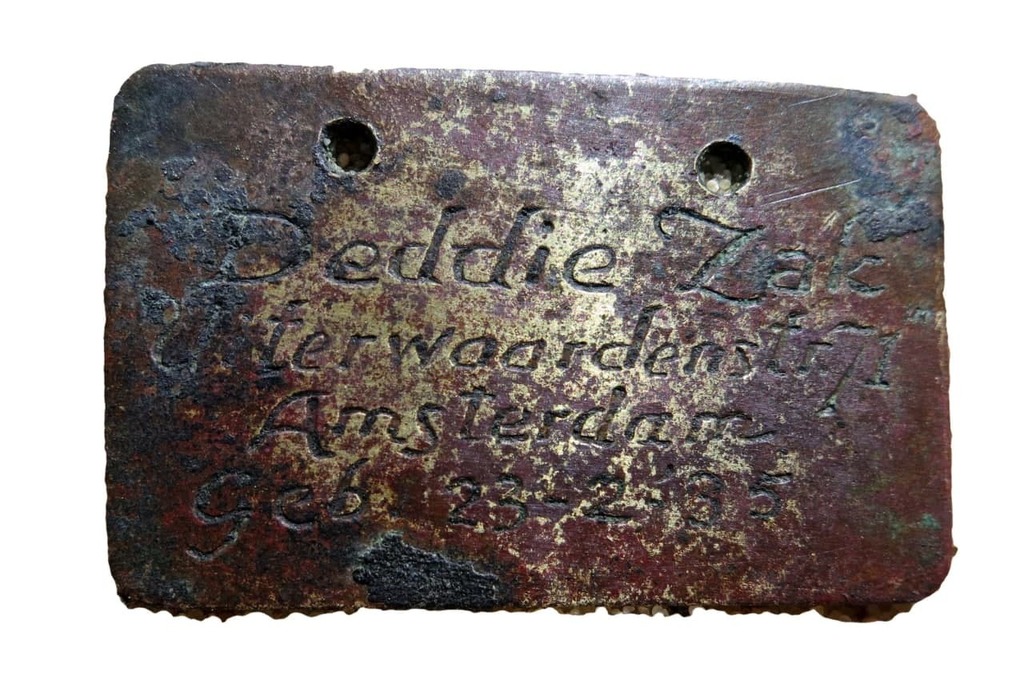

ID tag unearthed in Sobibor Nazi death camp bearing the name of Deddie Zak
(Photo: Yoram Haimi)
"Lea, Annie and Deddie’s tags have enabled us to link faces and stories to the names, which until now had only been anonymous entries in Nazi lists. The archeological excavation gives us an opportunity to tell the story of the victims and honor their memory."
8 View gallery
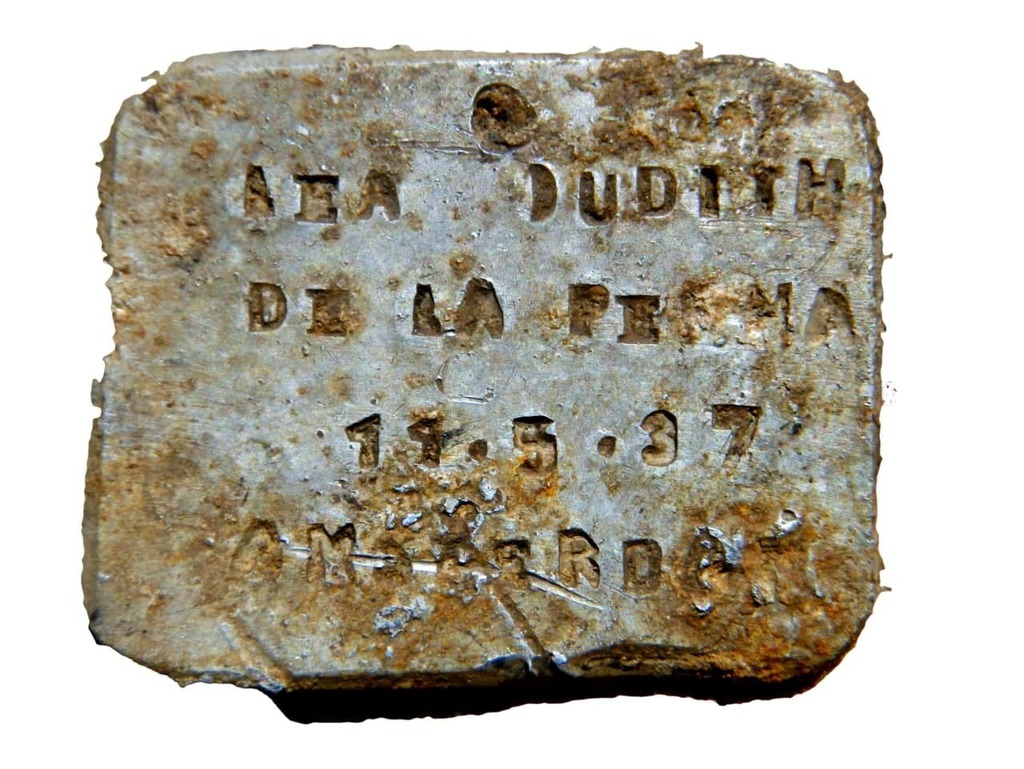

ID tag unearthed in Sobibor Nazi death camp bearing the name of Lea Judith De La Penha
(Photo: Yoram Haimi)
8 View gallery
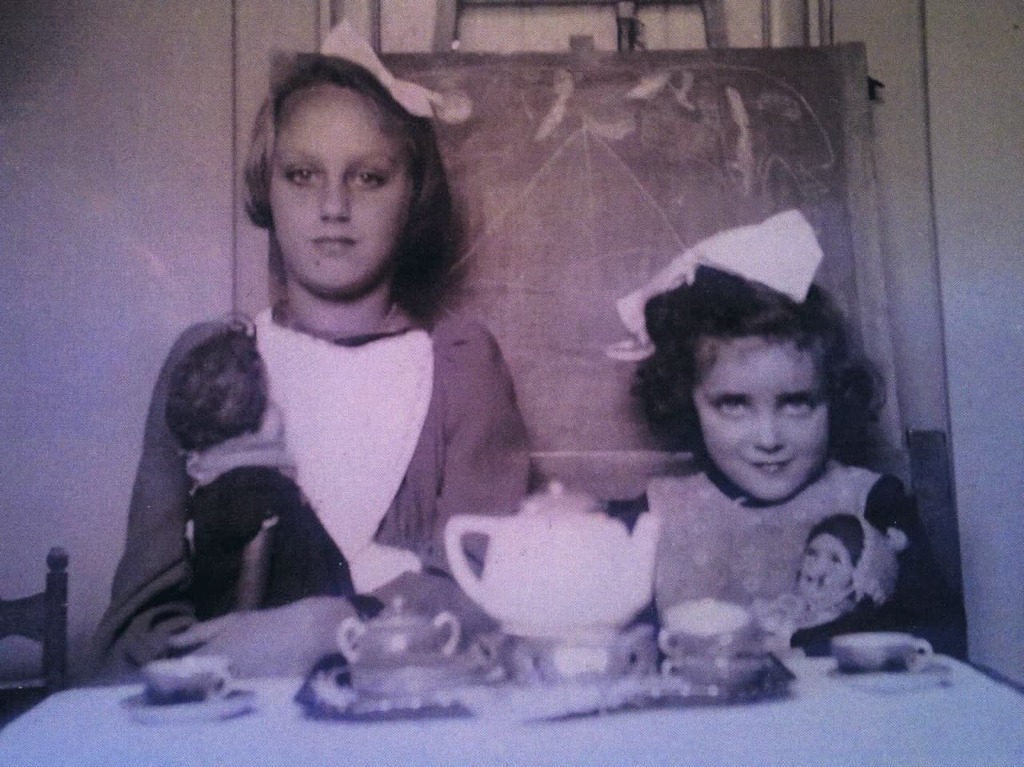

Lea Judith De La Penha (right) and a relative
(Photo: Courtesy of Majdanek Holocaust Museum)
In order to obtain details about the children, the researchers contacted the Camp Westerbork Center, which served as a concentration camp for Jews deported from the Netherlands to Eastern Europe during the Holocaust and now serves as a visitor and memorial center.
"I've been digging in Sobibor for ten years now, but this was my toughest day here," Haimi said. "We stood with the tags in the field, near the incinerators, called the center, and gave them the names. The response was immediate. We received photos of young, smiling children on our phones. The hardest part was hearing that one of the children whose tag we were holding in our hand, arrived in Sobibor in a delivery of children aged 4 to 8 who were sent here to die alone. I looked at the pictures and asked myself - how can anyone be so cruel?"


